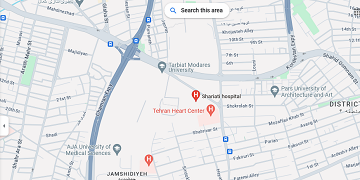The registry of congenital cleft lip and cleft palate in Iran: Three years pilot results and learned lessons

Abstract
Background: Cleft lip and cleft palate are the most common maxillofacial congenital defects leading to facial deformity and complications in nutrition, respiration, and social interaction. The current study aims to report early findings of the pilot registry for congenital cleft lip and cleft palate in Iran and discuss limitations and further goals to collect and implicate information of cleft newborn patients. Materials and Methods: A 3-year hospital-based multicenter prospective cohort study of the congenital cleft lip and cleft palate registry was performed in various hospitals in Iran from 2018 to 2020. Newborns with oral clefts were included, and the type of cleft, location, geographical place, and gender of each patient were recorded. The descriptive statistics were reported as means and percentages analyzed with fisher exact test using SPSS software ver. 22 (IBM, Chicago, US). The P-value<0.05 considered as significant. Results: From 336 registered newborns with cleft lip and cleft palate, 40.1% were females, while 59.9% were males. The prevalence of lip cleft was 31.5%, while 17.6% have palate cleft. Also, 50.9% suffer from both cleft lip and palate simultaneously (P-value<0.05). The frequent location of clefts were bilateral cleft lip and cleft palate with 50% of the cases (P-value<0.05). Also, 28.2% and 21.8% had right-side and left side unilateral cleft lip and cleft palate, respectively. Tabriz, Mashhad, Tehran were the most frequent location of clefts. Conclusion: Despite the primary statistics and trends presented in this study, the data quality could improve through some limited modifications. Also, the provinces with a high prevalence of congenital deformities need critical attention and provide adequate healthcare. Keywords: Cleft lip; Cleft palate; Congenital deformity; Epidemiology.




Send to friends